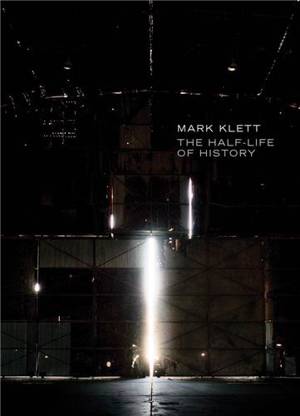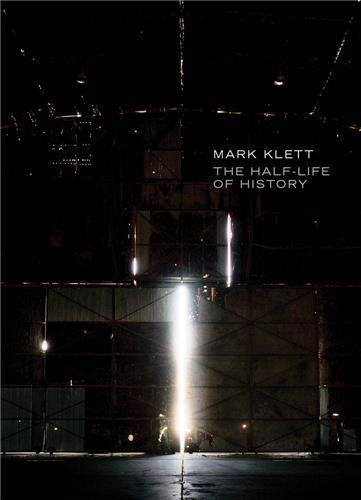
- Afhalen na 1 uur in een winkel met voorraad
- Gratis thuislevering in België vanaf € 30
- Ruim aanbod met 7 miljoen producten
- Afhalen na 1 uur in een winkel met voorraad
- Gratis thuislevering in België vanaf € 30
- Ruim aanbod met 7 miljoen producten
Zoeken
€ 76,45
+ 152 punten
Omschrijving
There is a twisted steel dome in Hiroshima that stands as a grim reminder of the city's destruction by the first atomic bomb. Halfway around the globe, on the border of Utah and Nevada, stands another ruin. The site that housed the bomber that carried "Little Boy," Wendover Army Air Base, now crumbles from neglect. The stories and relics of Wendover describe more than just the past; they point to a historic cycle, a present increasingly filled with new threats of devastating nuclear and chemical warfare. For this book, American photographer Mark Klett (born 1952) has teamed up with William L. Fox, a celebrated science and art writer whose work focuses on human cognition and memory. Together, the two have created a fascinating visual and textual portrait of Wendover Army Air Base, examining the experience of memory in relation to the great tragedy of America's atomic age.
Specificaties
Betrokkenen
- Auteur(s):
- Uitgeverij:
Inhoud
- Aantal bladzijden:
- 160
- Taal:
- Engels
Eigenschappen
- Productcode (EAN):
- 9781934435397
- Verschijningsdatum:
- 31/12/2011
- Uitvoering:
- Hardcover
- Formaat:
- Genaaid
- Afmetingen:
- 249 mm x 305 mm
- Gewicht:
- 1133 g

Alleen bij Standaard Boekhandel
+ 152 punten op je klantenkaart van Standaard Boekhandel
Beoordelingen
We publiceren alleen reviews die voldoen aan de voorwaarden voor reviews. Bekijk onze voorwaarden voor reviews.











